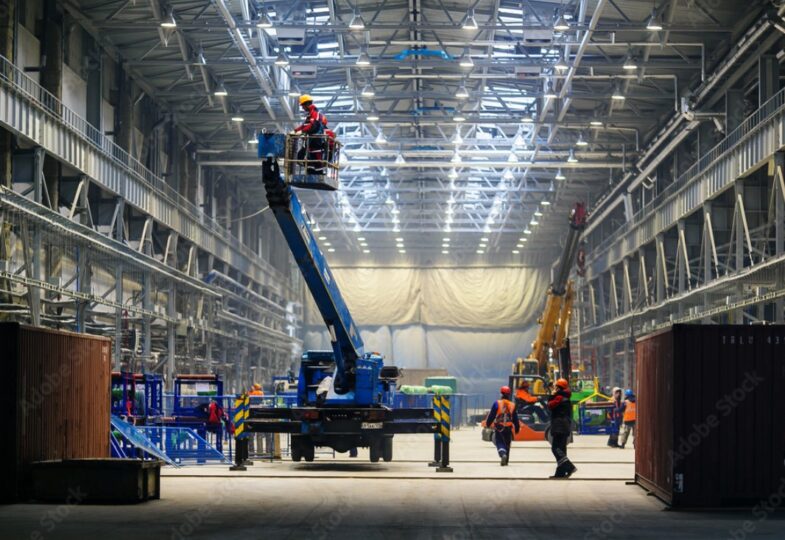Overview of CDM Regulations 2015
The Construction Design and Management Regulations 2015, commonly referred to as the CDM Regulations 2015, are a key piece of legislation that governs the management of health, safety and welfare in construction projects.
Among the critical components of these regulations is the role of the Principal Contractor. The CDM Regulations were implemented to improve safety standards and clarify the roles and responsibilities of all parties involved in construction projects.
These regulations apply to all construction work, from major building projects to smaller-scale renovations, and require certain duties to be fulfilled by duty holders, which include clients, designers, and contractors.

Do I Need a Principal Contractor?
For commercial projects, the Principal Contractor role is required to be formally appointed by the Client, on all projects where there is more than one trade/contractor.
At all times when there is more than one trade on site, you are required to ensure there is a full time site manager appointed, with formal H&S qualifications (minimum SMSTS) – don’t worry NSI can deal with this for you.
Notifying the HSE (F10)
If the project is scheduled to last over 30 days AND have 20 or more workers on site at any one time, or in total is over 500 working days, the Client is required to inform the Health and Safety Executive (HSE) that the project is being undertaken.
This requires the submission of an F10 document, naming who you have chosen for all the responsible roles (don’t worry, NSI can prepare and submit this for you).
